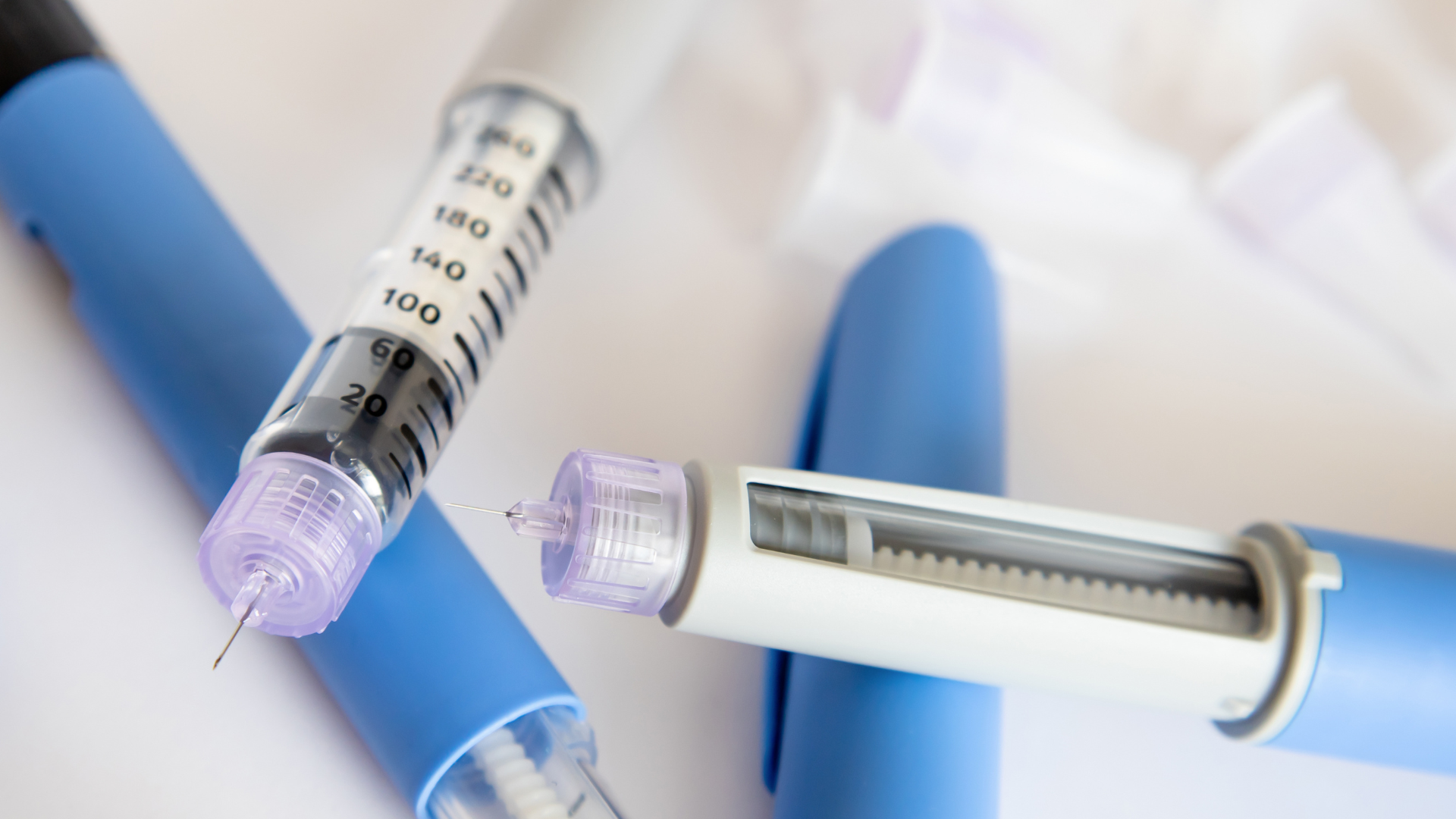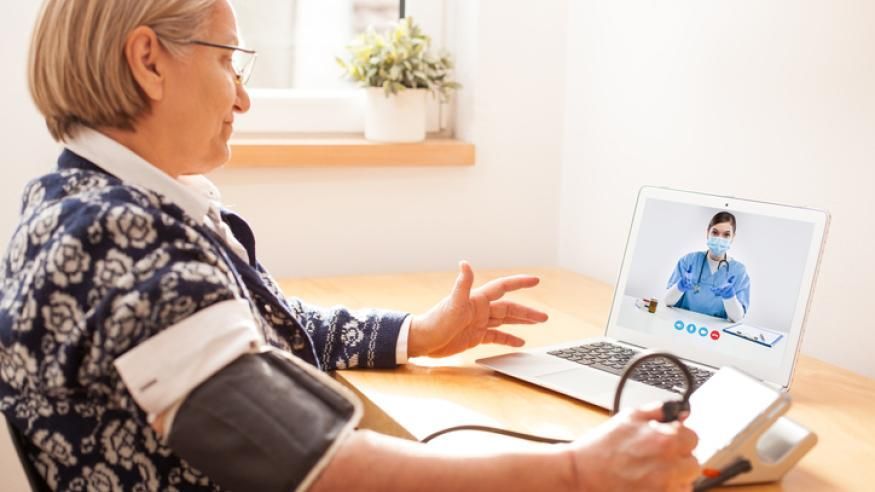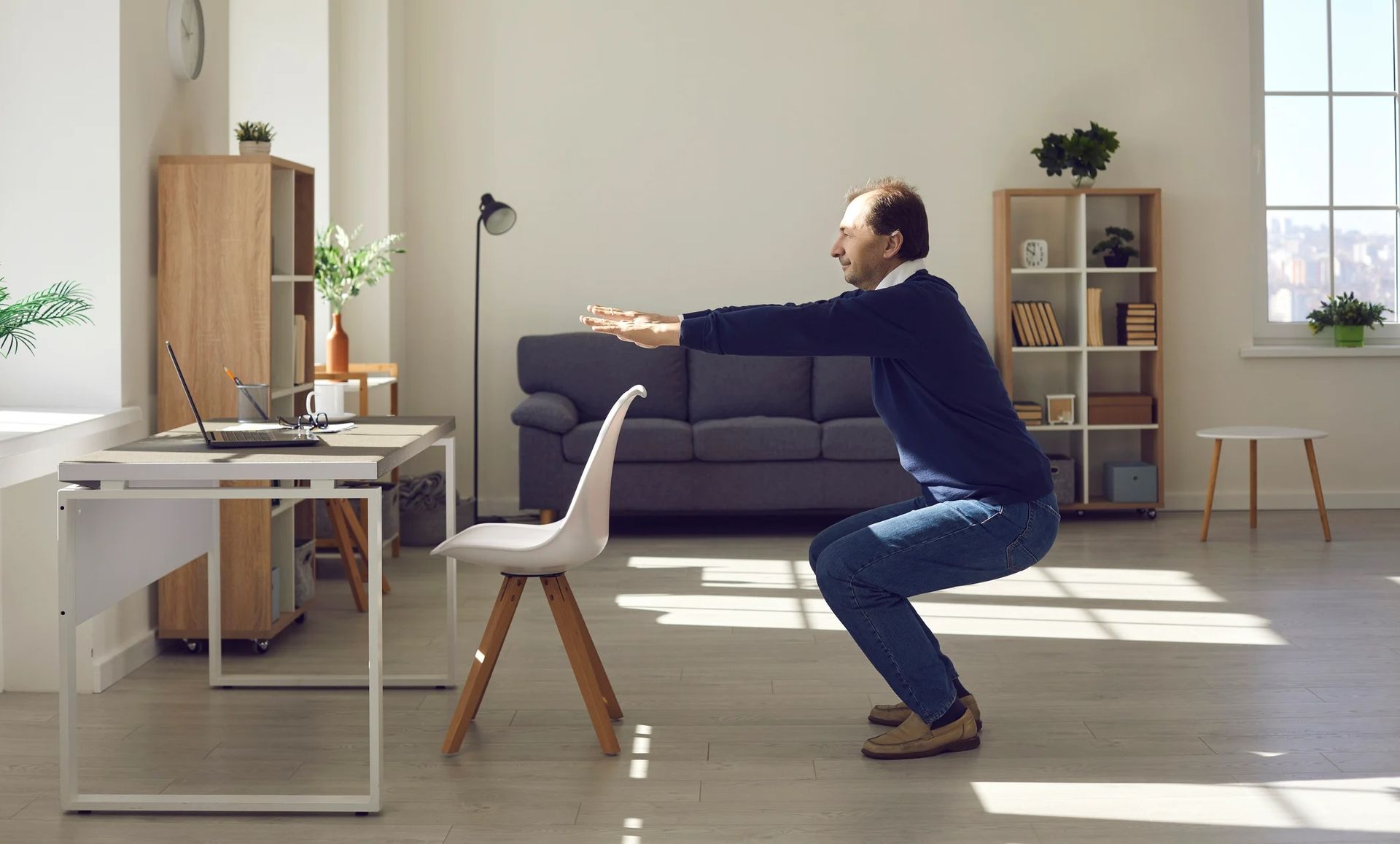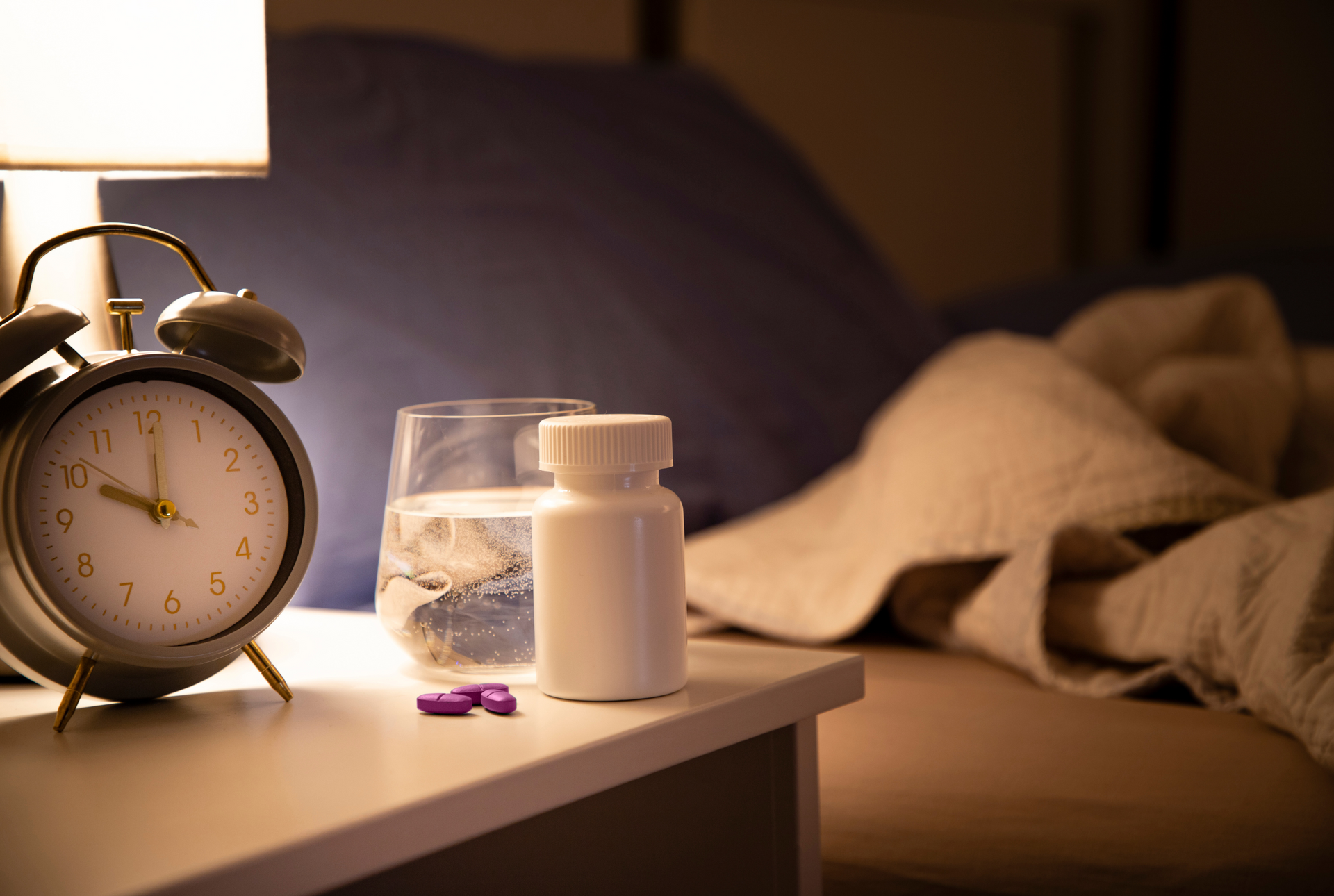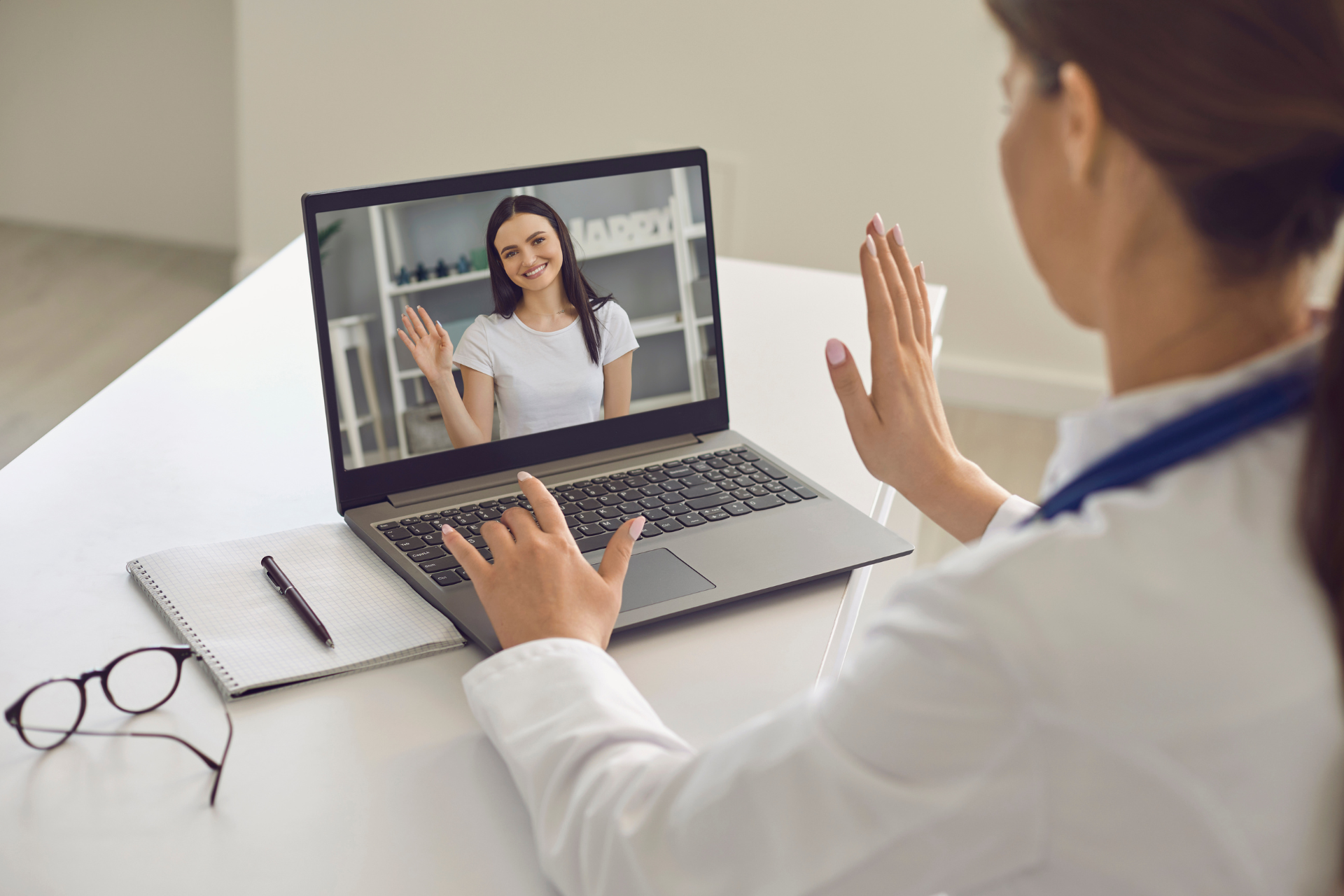Diabetes Can Be Hilarious – Just Ask Sam Morrison
Key takeaways:
- Comedian Sam Morrison shares how comedy has helped him process living with type 1 diabetes, which he was diagnosed with in 2021.
- While of course diabetes is no joke, Morrison explains that using humor to talk about chronic conditions like diabetes is also a powerful tool for pushing back against stigma and stereotypes.
- Covering all this and more, his most recent solo show, “Sugar Daddy,” is playing for four weeks at the Wallis Theater in LA.
When Sam Morrison was diagnosed with type 1 diabetes in 2021, it came with a lot of shock and a fair bit of humor.
“On the initial call, [the doctor] said, ‘Your blood sugar is 600 mg/dL.’ And I said something like, ‘Is that bad?’” said Morrison, the 29-year-old actor-comedian-writer who lives in Brooklyn, New York.
“My favorite part was that they said, “I think you might have some diabetes.’ I think a ‘dollop’ is the word they used,” he joked.
Morrison is currently doing a run of his solo show "Sugar Daddy," which is playing for four weeks at the Wallis Theater in LA and is being co-produced by Edgewood Entertainment and industry legends Billy Porter and Alan Cumming.
His show is vulnerable, heartfelt, hilarious, and raunchy. It tackles heavy topics with levity, including the unexpected passing of his boyfriend Jonathan Kreissman from COVID-19 in 2021 and his subsequent diabetes diagnosis.
One of the stories he tells is his physician’s suggestion that the grief from his partner’s passing may have triggered the onset of his diabetes. Several of the stories and jokes he shares throughout the hour-long set center around his experience living with the chronic condition.
“As I was in the hospital, there were funny things happening and I was writing jokes almost immediately,” said Morrison. Even though he found humor from the beginning, those initial few months after his diagnosis were hard, and it upended his life in more ways than one.
“I remember that first shot of insulin. I wasn't terrified of the needle, but I got [the shot] and I was like, 'Oh, that sucked,'” said Morrison. “And then I was like, 'Oh no, I have to do this maybe every day for the rest of my life.'”
He acknowledged that might have been one of the hardest pieces to grapple with – knowing that diabetes was now a part of his life forever. But he’s grateful for the way that diabetes snapped him out of the dark place he found himself in mentally after Kreissman’s death. Because the condition demands so much attention, it helped him focus on something other than mourning and the mental health challenges that come with diabetes.
“Especially when you don't know how to do it, [diabetes],” said Morrison. “I was on YouTube every day trying to figure out how to give myself an insulin shot and how much [insulin to give]. I had so many questions and was so scared of doing everything wrong.”
While Morrison joked that he thought he was always going to be one of those people who never quite figured out how to manage his diabetes, he did become more confident over time. And it helped when he was finally able to get his hands on diabetes technology: a Dexcom CGM and Omnipod insulin pump.
“I wanted them ASAP,” said Morrison. “I went to my doctor and was like, ‘Yeah, obviously I want the cyborg thingies.’”
Unfortunately, his healthcare team had him wait several months before prescribing him the devices so he could learn how to manually manage his diabetes first. Now that he has both a CGM and a pump, he thinks his healthcare team was crazy for making him wait so long. With insurance obstacles and the cost of technology being so high, this is just one of the hoops people have to jump through that can make these life-changing devices inaccessible to many.
“We have technology that not only makes [managing diabetes] easier but can help people live longer. Give them the technology,” he said.
As helpful as these devices have been, Morrison mentioned the ways the technology has impacted his daily life and comedy career – in sometimes frustrating, and other times comical ways.
“Pretty much every situation that could happen has now happened on stage,” he said.
That includes having his device alarms going off (he jokes that it’s just an amber alert during his performance) and cases of hypoglycemia or low blood sugar.
“I just told [the audience] I couldn't really think and to help me out and the audience did,” he said. “And then there were some funny moments where I made some charming and clever jokes about [being brain dead] while it was happening.”
And it includes cases of high blood sugar, too.
“There was one time in Denver when I wasn't on my Omnipod yet. I had an [insulin] pen and was at like 300 mg/dL or something. I had never been that high before,” he said. “I stopped the show, got my pen, and then injected the insulin during the show and taught [the audience] how to do it, which ended up being pretty funny.”
These moments – while obviously serious – give audiences a chance to see diabetes in action. It shows the real ways diabetes impacts everyday life, and how humor can be the best way to cope with what’s not always an ideal scenario.
Morrison’s brand of brash and unfiltered (but very genuine) comedy makes difficult topics like diabetes, grief, and being gay a bit more familiar to audience members who haven’t had these life experiences. And it resonates even more with people who have.
“[The response] has been unbelievable,” said Morrison. “I had no idea it was going to be this overwhelming, supportive, and that so many people would connect to it.”
Part of the reason the response was so unexpected might be because diabetes can feel isolating and challenging. This is especially true if a person feels as though others can’t understand what it’s like to live with the condition, or that other people judge or stigmatize them for having diabetes.
If Morrison’s show "Sugar Daddy" proves anything, it’s that humor can be a powerful tool and antidote for pushing back against the stigma associated with different identities and topics. It makes something like diabetes feel familiar.
“I think I've started to realize the real value of [my comedy] because diabetes is this thing that isn't discussed unless you make a very intentional effort to discuss it,” he said.
Not to mention, when people are able to make jokes about a topic without punching down, it allows everyone to laugh together. Especially because, as Morrison stressed, “Diabetes is funny. Like, so funny.”
“Just the fact that you have to eat candy [to cure a low]. Like, what! Did Willy Wonka invent diabetes?”
In the end, Morrison may be right that diabetes is just a little bit ridiculous. It’s a serious condition and one that comes with a neverending flurry of challenges. But when you’re able to find the humor in it, it might make weathering those challenges a little bit easier.
It’s this exact strategy that led to the creation of diaTribe’s own Spoonful of Laughter campaign, starring Morrison and a handful of other comedians. Spoonful of Laughter uses comedy to educate others about diabetes stigma and push back against stigma and stereotypes. In the campaign, you can watch Morrison navigate the worst diagnosis appointment ever, contemplate whether Blueberry Blast or Wild Cherry Watermelon Nerds Ropes are a better low snack, and explain why he thinks drug dealers are more precise than doctors.
You can buy tickets to see Morrison’s show, "Sugar Daddy," in LA at the Wallis Theater now, through October 13. If you can't see Morrison live, you can catch his standup acts on Instagram, TikTok, and Twitter.
Healthy Bites



